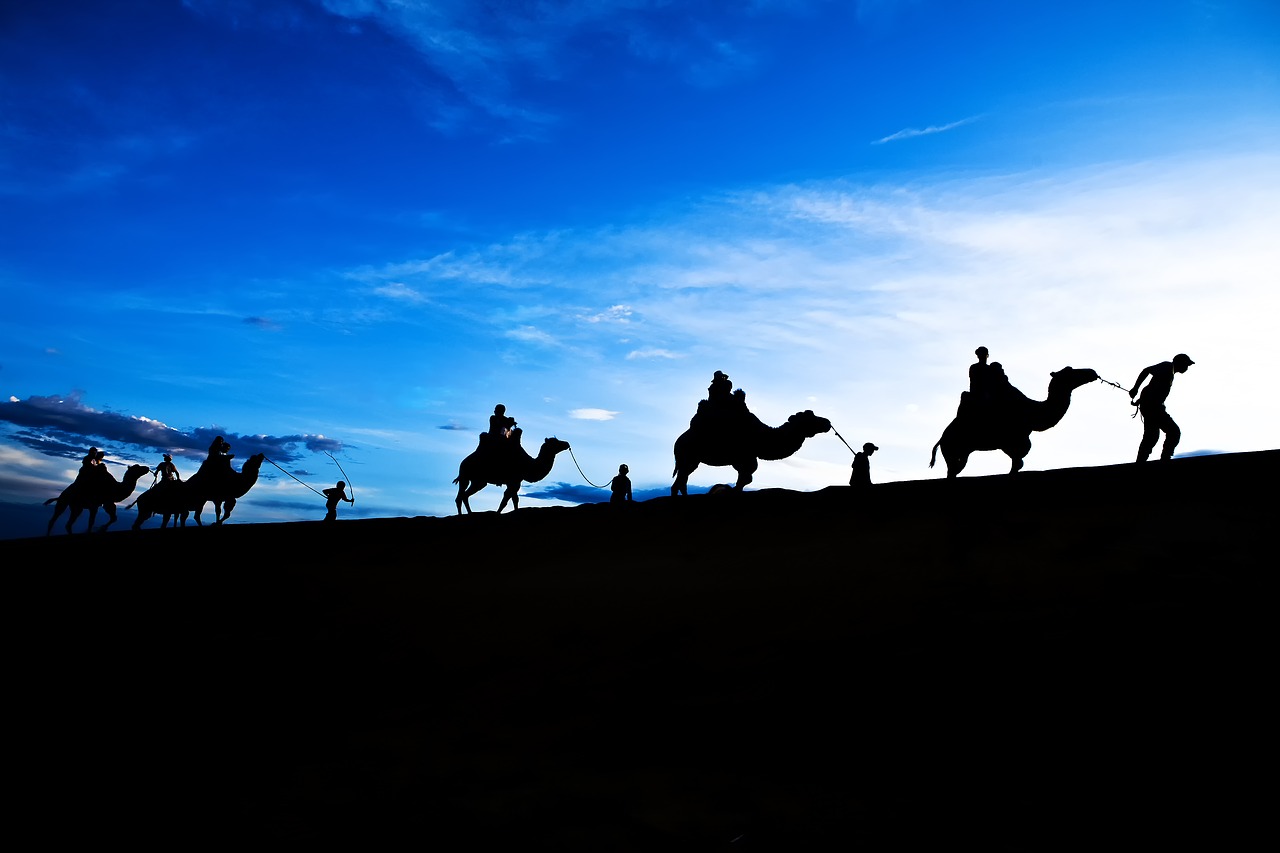
These are the journeys of the Children of Israel who left the Land of Egypt in their legions, under the charge of Moshe and Aaron. Moshe recorded their starting points for their journeys according to the word of the word of HASHEM, and these were their journeys with their starting points. They journeyed from Rameses in the first month, on the fifteenth day of the first month; on the day following the Passover sacrifice, the children of Israel left triumphantly before the eyes of all the Egyptians. And the Egyptians were busy burying because HASHEM had struck down their firstborn and had wrought vengeance against their deities. The children of Israel journeyed from Rameses and camped in Succos. They journeyed from Succos and camped in Esam, at the edge of the desert. (Bamidbar 33:1-6)
There is a question that has haunted me for a while regarding the Torah’s description of the 42 journeys of the Children of Israel in the desert over the course of 40 years. Why, in each case, does the Torah tell us where they exited from first and then where they encamped? Just tell us where they went to and we know automatically it was from the last place they settled down. When Yaakov left Be’er Sheva on his way to Charan, Rashi is compelled, based on that question, to tell us that when a Tzadik leaves a place the impression of his absence is felt. Why is Rashi silent on these multiple accounts of the Children of Israel traveling from A to B and then from B to C?!
The Ksav HaKabbalah writes: “The departures. We learn from this that the names of these places that are mentioned here are not the actual names that they had before. They are in fact the names that were given them as a result of the events that took place when Yisrael camped there. That, in my opinion, is what was meant when Scripture says: “Moshe recorded their departures for their journeys.” He recorded all of the events that befell them on all of their journeys. That is in of itself why he mentioned afterwards the names of their encampments, because the names themselves describe the events that took place.
It seems that each place was, like when the Jewish People left Egypt, an event, an experience worth noting as a new launching point, like “survivors”! These were not just horizontal journeys or an arbitrary list of starting and stopping points but a life journal of experiences and graduations building up to crescendo, entering Eretz HaKodesh. This is a holy quest like none before or after. The Jewish People are a “Mamlachas Kohanim v’Goy Kadosh…A Kingdom of Priests (servants of HASHEM) and a Holy Nation” by design.
What does it mean to be HOLY? It is easy to be thrown and distracted by that hard to define word. Maybe we can understand it best by studying the opposite. When we make Havdala at the conclusion of Shabbos, each week we make a Brocho, “HaMavdil Bein Kodesh L’Chol – Who separates between Holy and Profane”. I don’t know what profane or secular means but “Chol” is literally sand in Hebrew. How can that explain HOLY and how to turn Chol into Kodesh, sand into diamonds?
Hold in your hand a pile of sand and study it briefly. There is no top or bottom, or middle. It is a loose collection of particles. There is no rhyme or reason. It has no shape or form of its own. Nothing grows from sand. It lacks the magic of soil which gives birth to life and has a future. Sand – Chol represents a life of experiences that, no matter how pleasant and exciting they may have been, are essentially vacuous and empty, sound and fury signifying nothing. There is no theme and connectivity one to another and of no ultimate meaning or value.
However, if one is living a life where, for example, Shabbos is a centerpiece of existence, then everything is building up to and leading to Shabbos Kodesh. All of our work and our shopping too are organized around and leading towards Shabbos. Shabbos Kodesh is a golden thread that holds all the pearls and diamonds of our daily deeds together like a beautiful necklace, a rich piece of Jewelry.
Everything we do connects us to HASHEM. Every breath we take and every move we make is made HOLY and is ultimately meaningful on our weekly march from one Shabbos to another Shabbos and we are becoming HOLIER people, camping and traveling from Shabbos to Shabbos!


